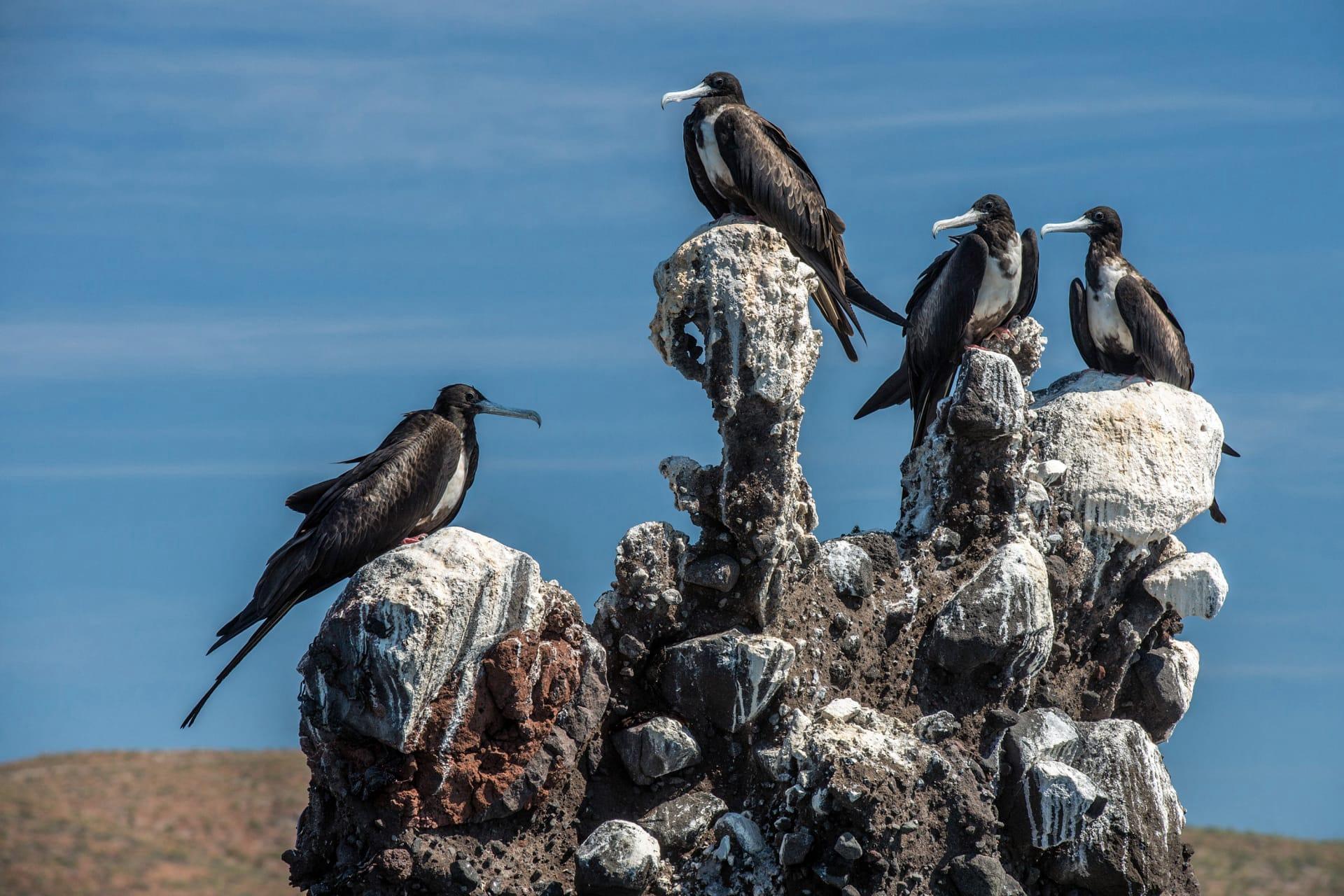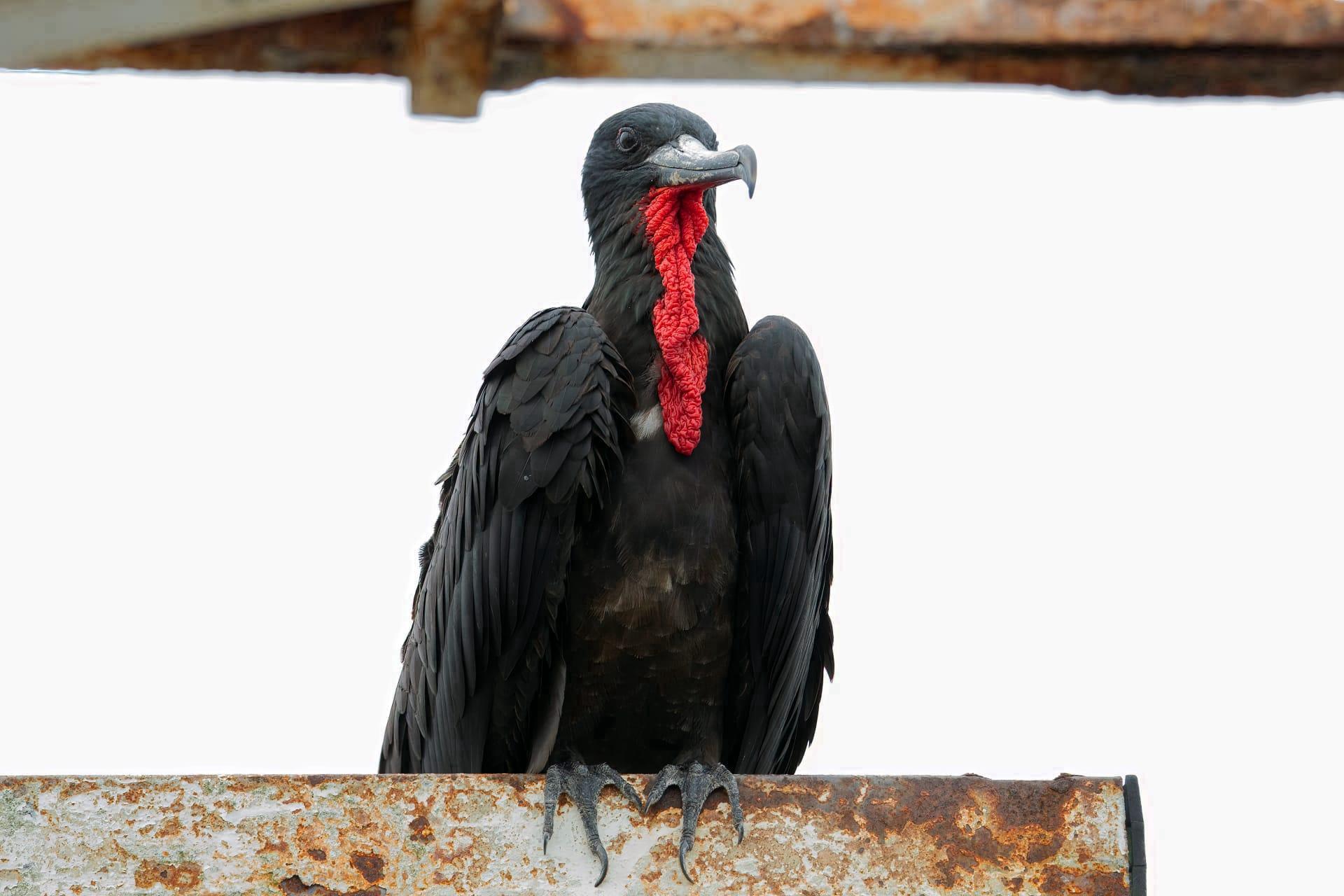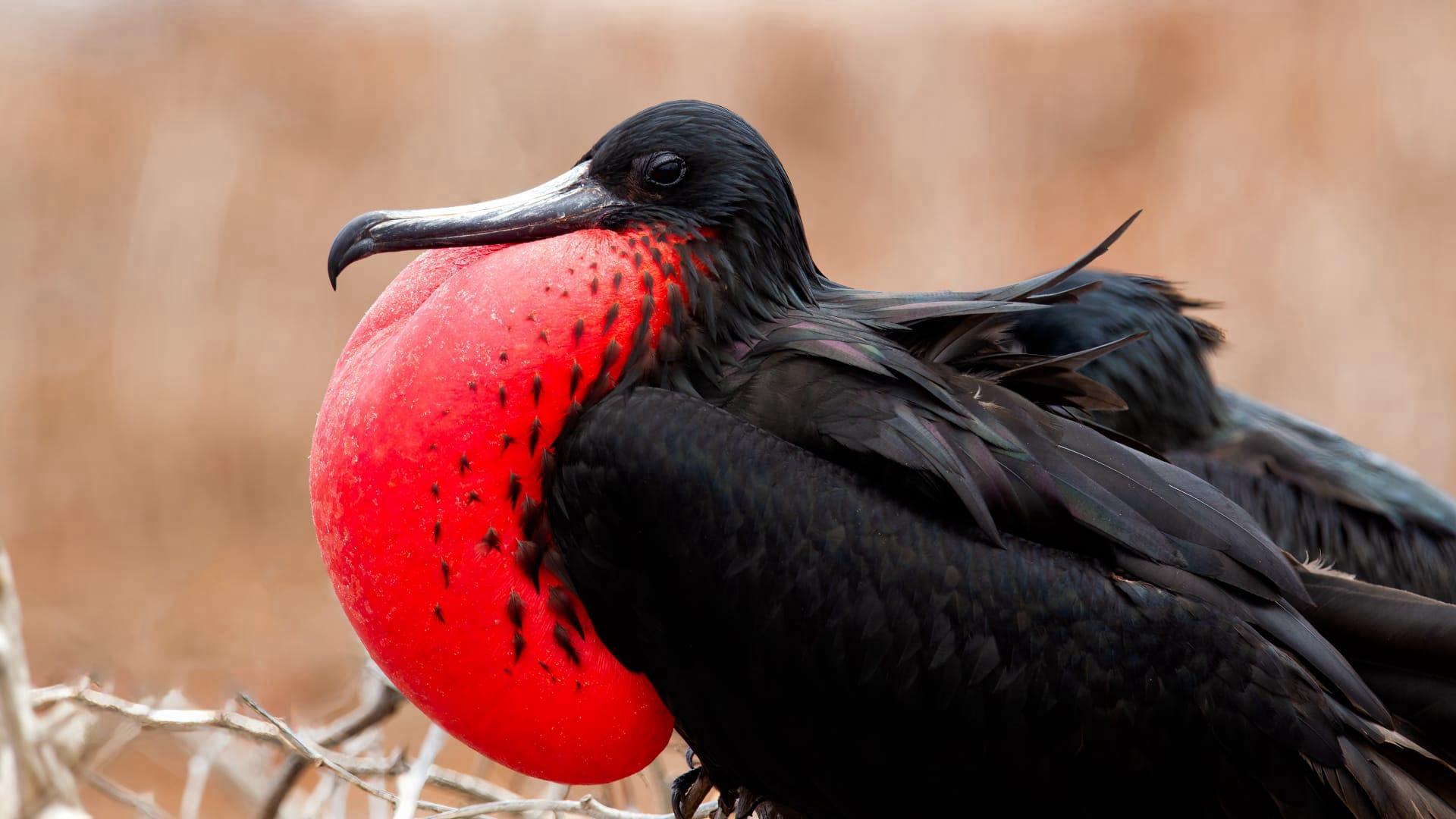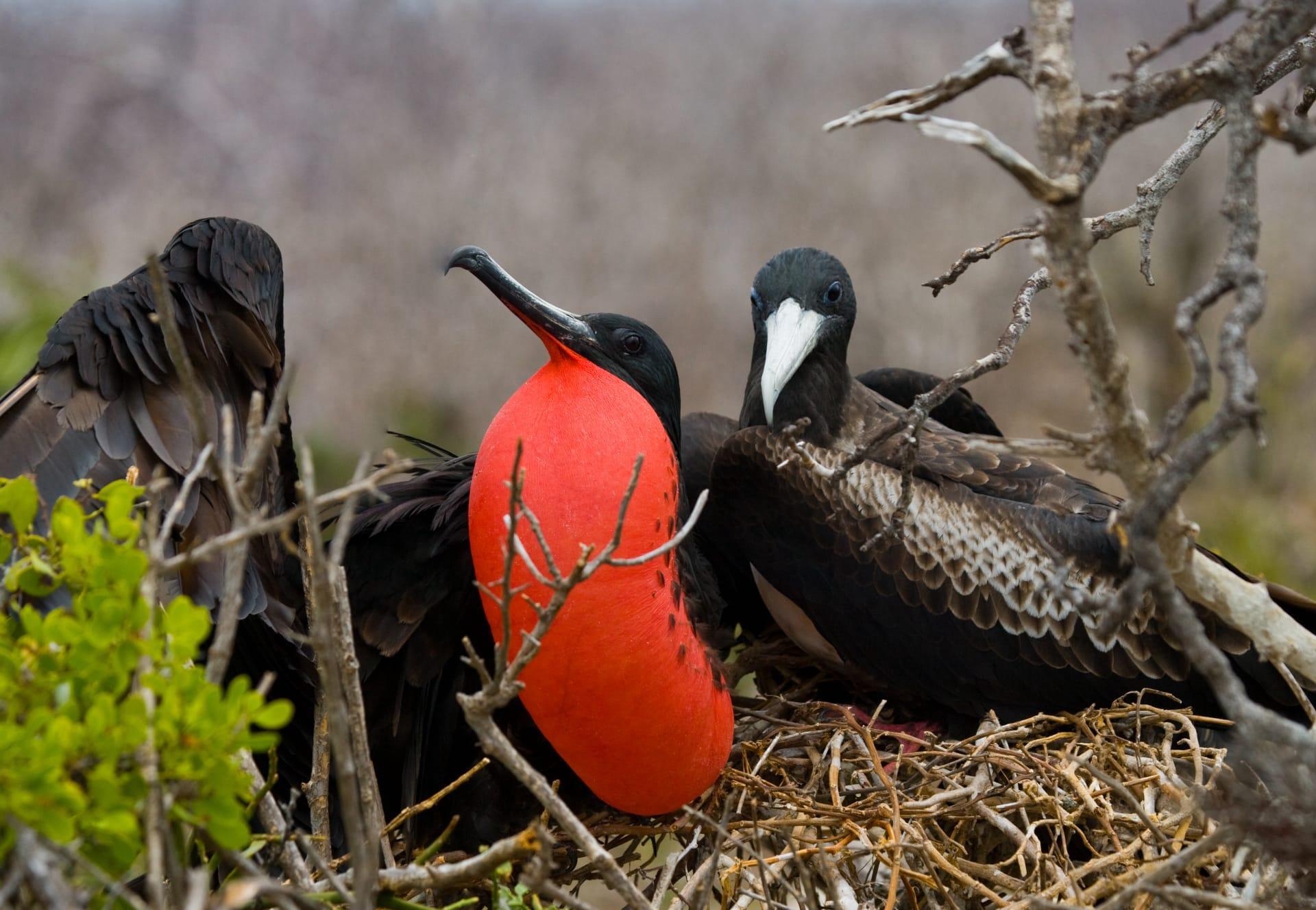Frigatebird Trivia
- Home /
- Trivia Question /
- Animal /
- Frigatebird Trivia
1
Question: How long can a frigatebird stay airborne without landing?
Answer: Frigatebirds are masterful gliders, with the longest recorded continuous flight being over two months! They can cover thousands of kilometers without once touching land or water, utilizing thermals and wind currents to conserve energy. This remarkable feat is essential for their oceanic lifestyle, where landing options are limited.
Question: What is the wingspan of a frigatebird, and how does it support their flying abilities?
Answer: The wingspan of a frigatebird can be astonishingly wide, typically ranging between 7.5 feet (2.3 meters) to 8 feet (2.4 meters). This expansive wingspan, combined with a lightweight body (weighing just 2.6 to 4 pounds or 1.2 to 1.8 kilograms), allows for exceptional soaring capabilities. Their long, slender wings are perfectly adapted for high-altitude gliding and maneuvering with minimal energy expenditure, making them incredibly efficient flyers.

2
Question: Do frigatebirds steal food from other birds, and why?
Answer: Yes, frigatebirds are known for their kleptoparasitic behavior, which means they often steal food from other birds. This behavior isn't due to laziness but rather an adaptation for survival. Their body structure, with long wings and a lack of waterproofing on their feathers, makes it difficult for them to fish. So, they compensate by tactically snatching prey from other birds in mid-air.
Question: Can frigatebirds swim?
Answer: Contrary to what one might expect, frigatebirds are not proficient swimmers. Their feathers lack the waterproofing oils that most seabirds have, making them less buoyant and prone to getting waterlogged. As a result, frigatebirds avoid water and rely on their exceptional flying abilities to feed and travel.

3
Question: What unique feature do male frigatebirds possess, and what purpose does it serve?
Answer: Male frigatebirds are famous for their striking red gular pouch, which they can inflate like a balloon during the mating season. This vibrant display serves as a visual signal to attract females. During courtship rituals, males gather in groups, puff up their pouches, and vibrate their wings and bodies to catch the attention of passing females.
Question: How do frigatebirds sleep while flying?
Answer: Frigatebirds have the incredible ability to sleep while flying. Research has shown that they can take micro-naps mid-flight, lasting only a few seconds to a minute. These naps usually occur in one hemisphere of the brain at a time, allowing them to remain partially conscious for navigation and to maintain flight control.

4
Question: What is the diet of a frigatebird, and how do they feed?
Answer: Frigatebirds primarily feed on fish and squid, which they catch from the ocean surface. They are opportunistic feeders and may also consume jellyfish, crustaceans, and the offspring of other seabirds. Their hunting strategy involves flying low over the water to spot prey or following predatory fish like tuna to capitalize on their feeding frenzies.
Question: How do frigatebirds raise their young, and what is unique about their parenting?
Answer: Frigatebirds have a prolonged period of parental care, one of the longest in the bird world. After the female lays a single egg, both parents take turns incubating it for about 55 days. Post-hatching, the chick is fed and cared for by both parents for about the first six months, after which the mother typically leaves, and the father continues to care for the juvenile for up to an additional 14 months.

5
Question: What is the lifespan of frigatebirds, and how do they age?
Answer: Frigatebirds can live for up to 35 years. Their aging process is gradual, with their remarkable flying abilities remaining strong throughout most of their lives. However, like all animals, they experience a decline in physical capabilities and resilience as they age.
Question: How do frigatebirds interact with humans?
Answer: Frigatebirds, generally shy around humans, tend to keep their distance. They are more often observed by humans from afar, especially in coastal regions and islands where they breed. Their presence can be a sign of a healthy marine ecosystem, making them important indicators for environmentalists and researchers.